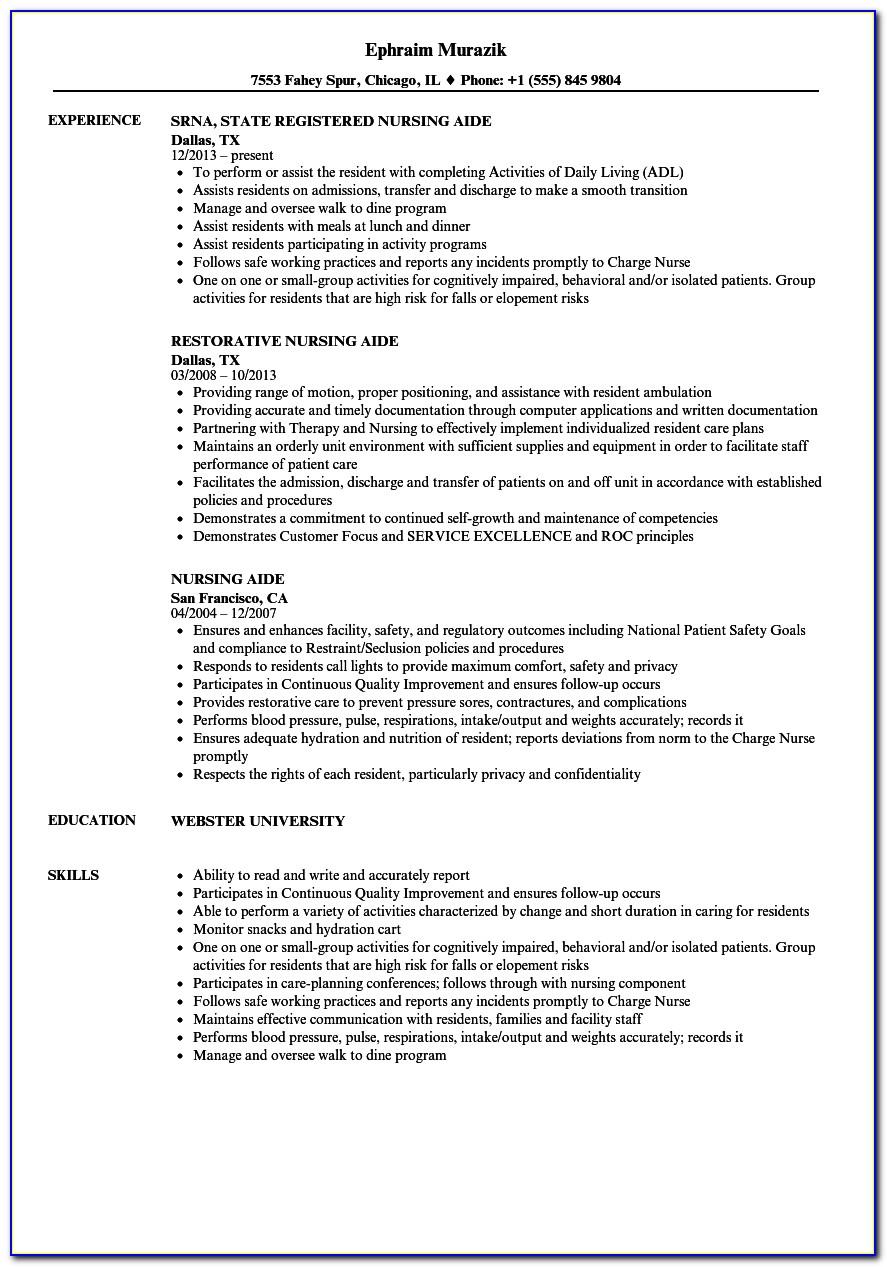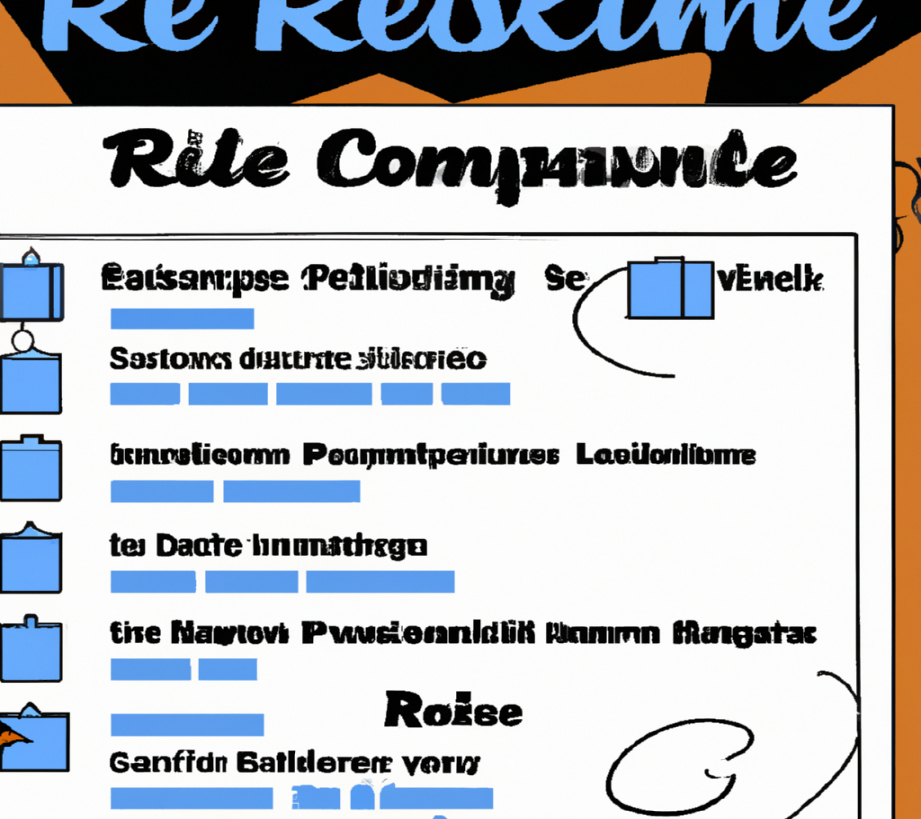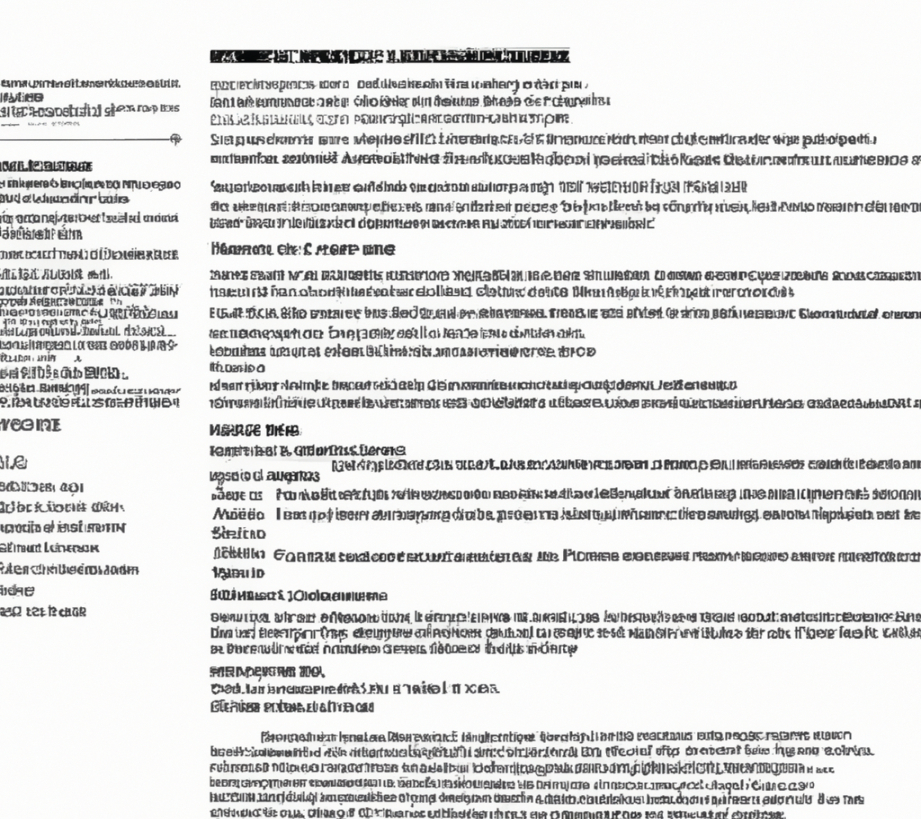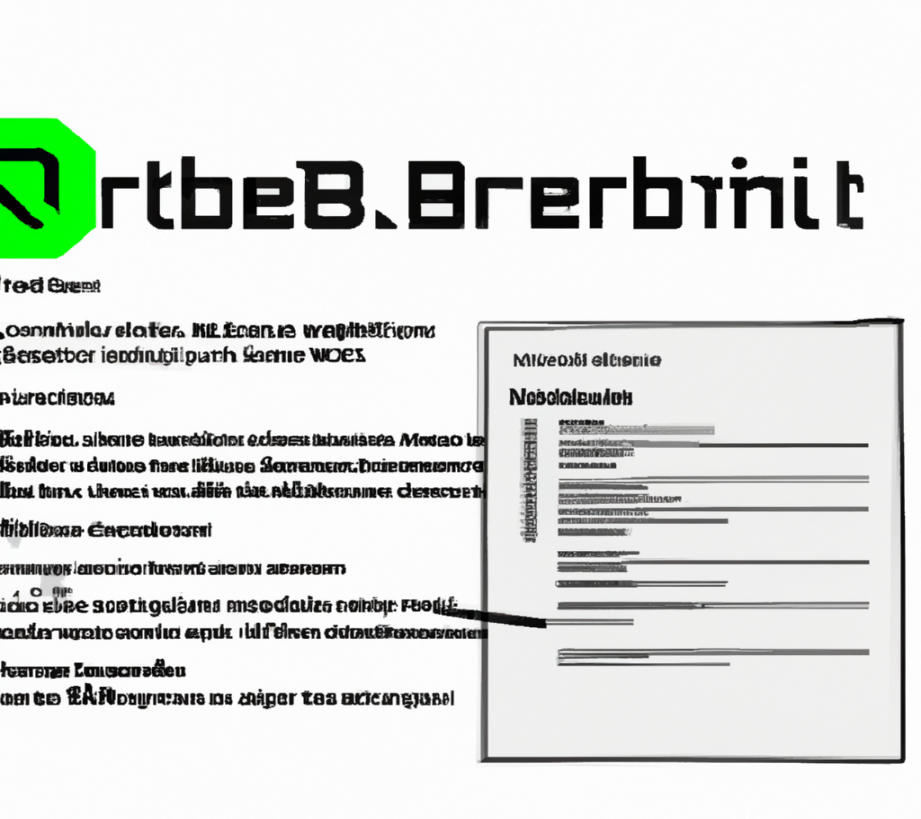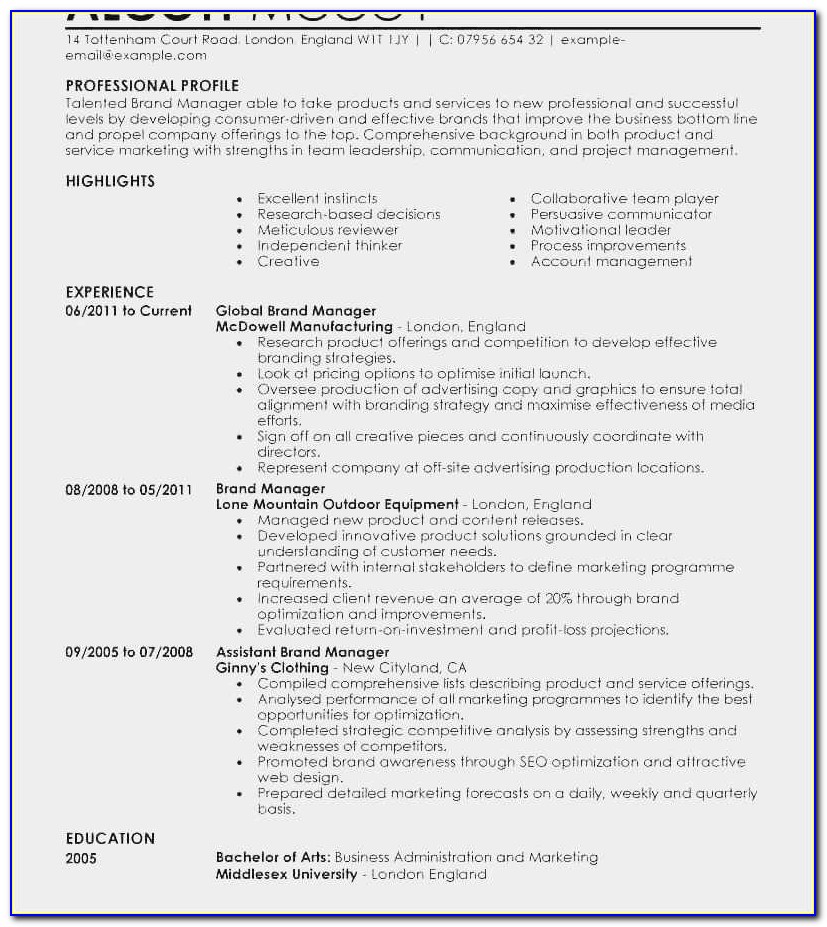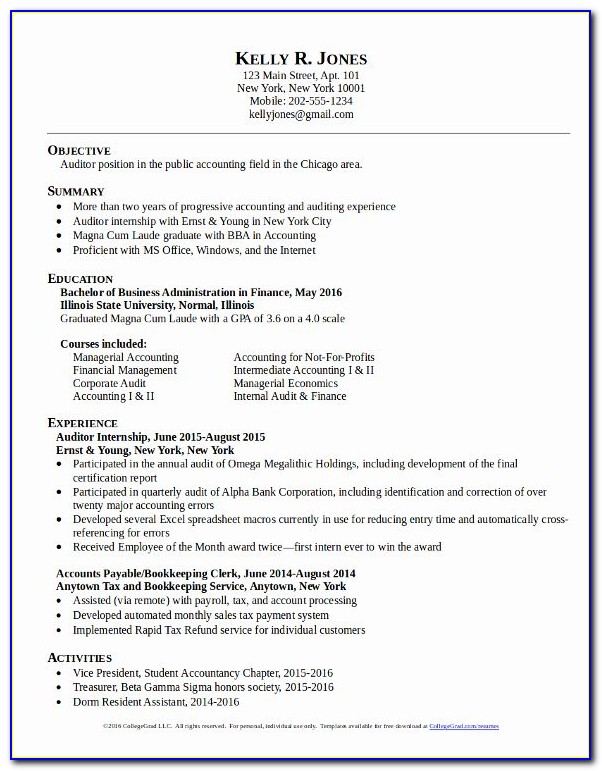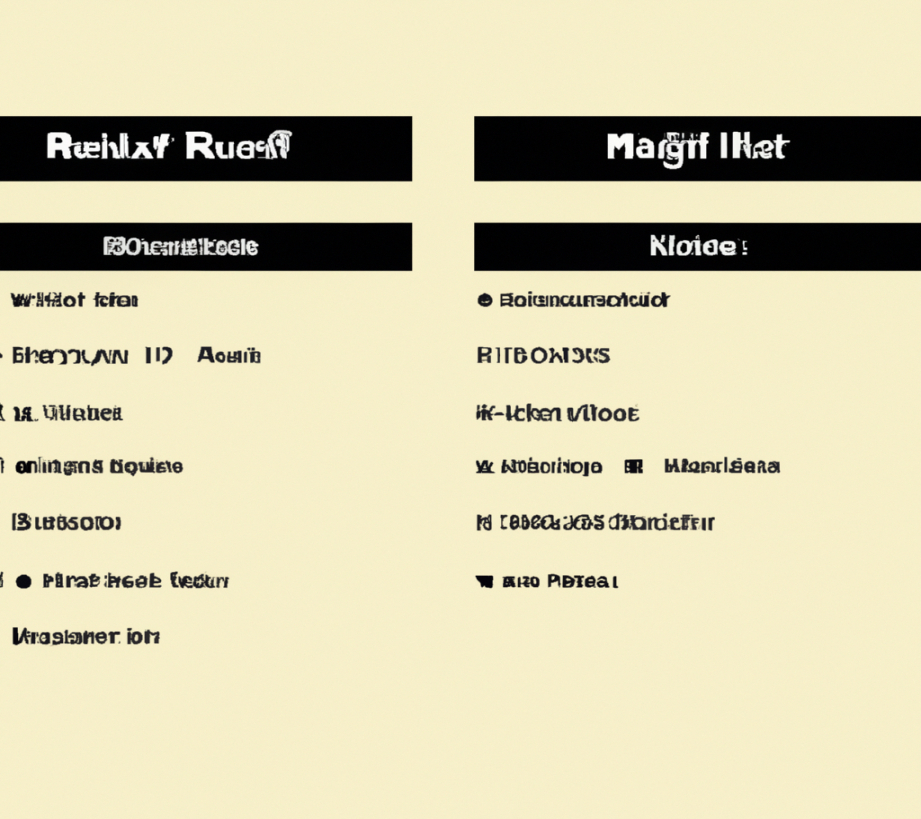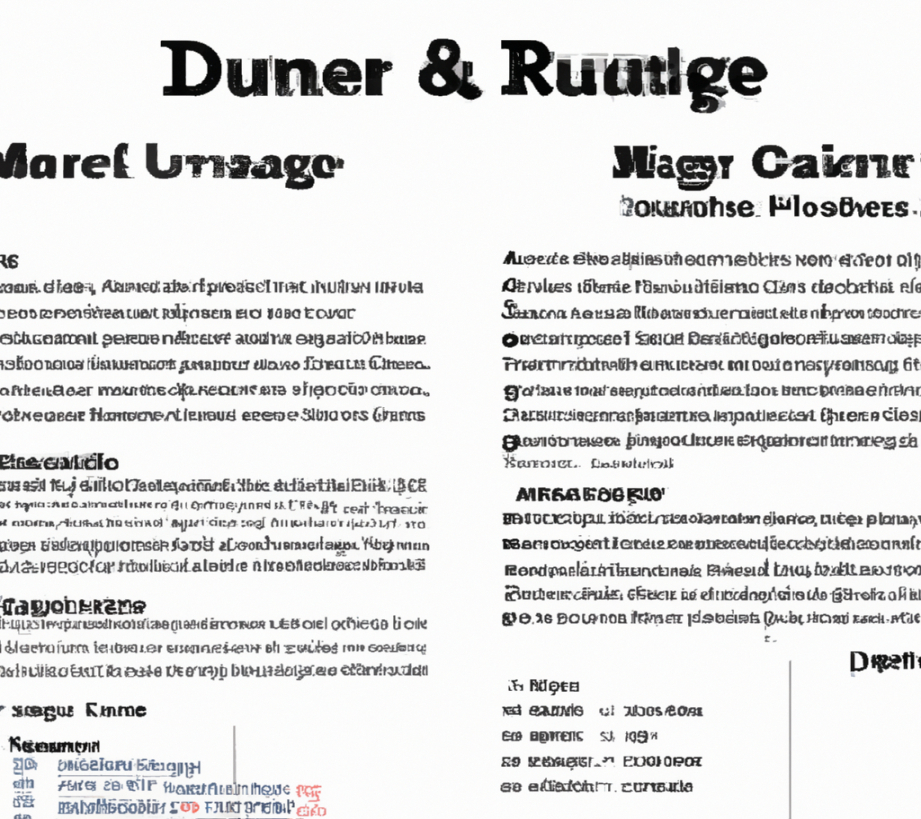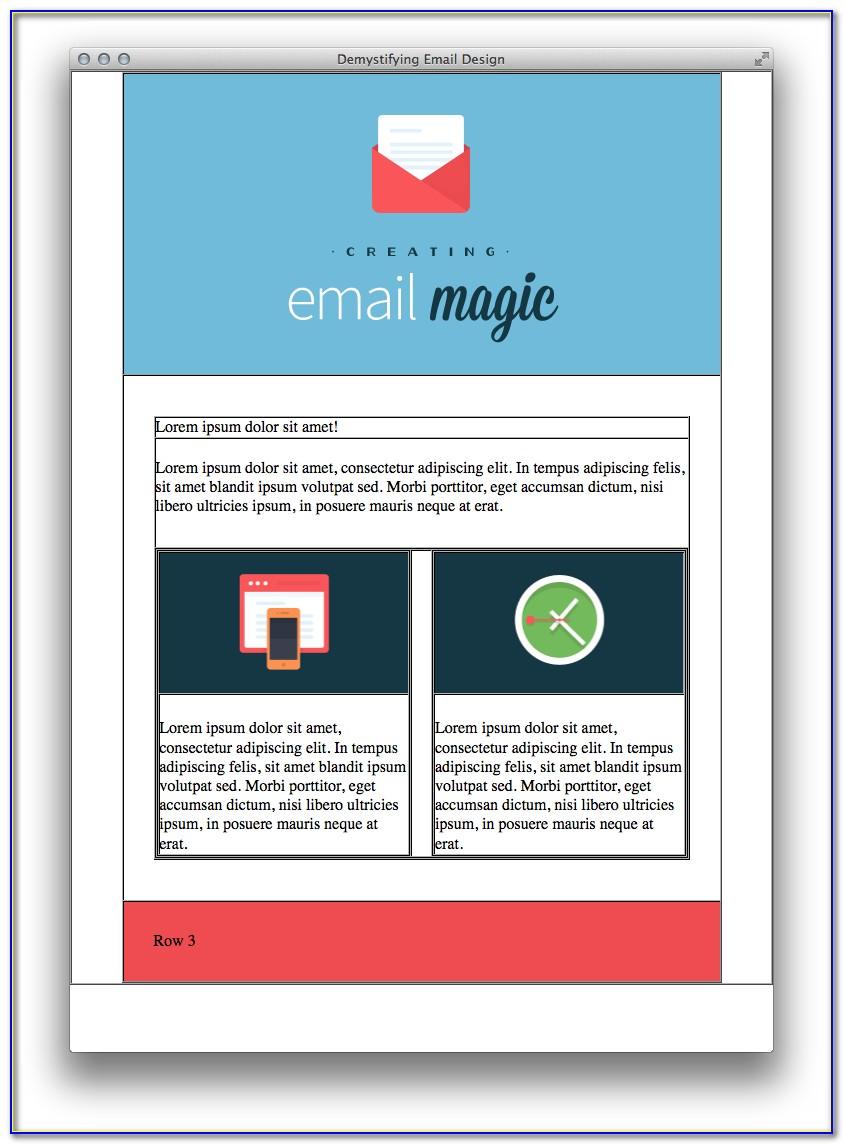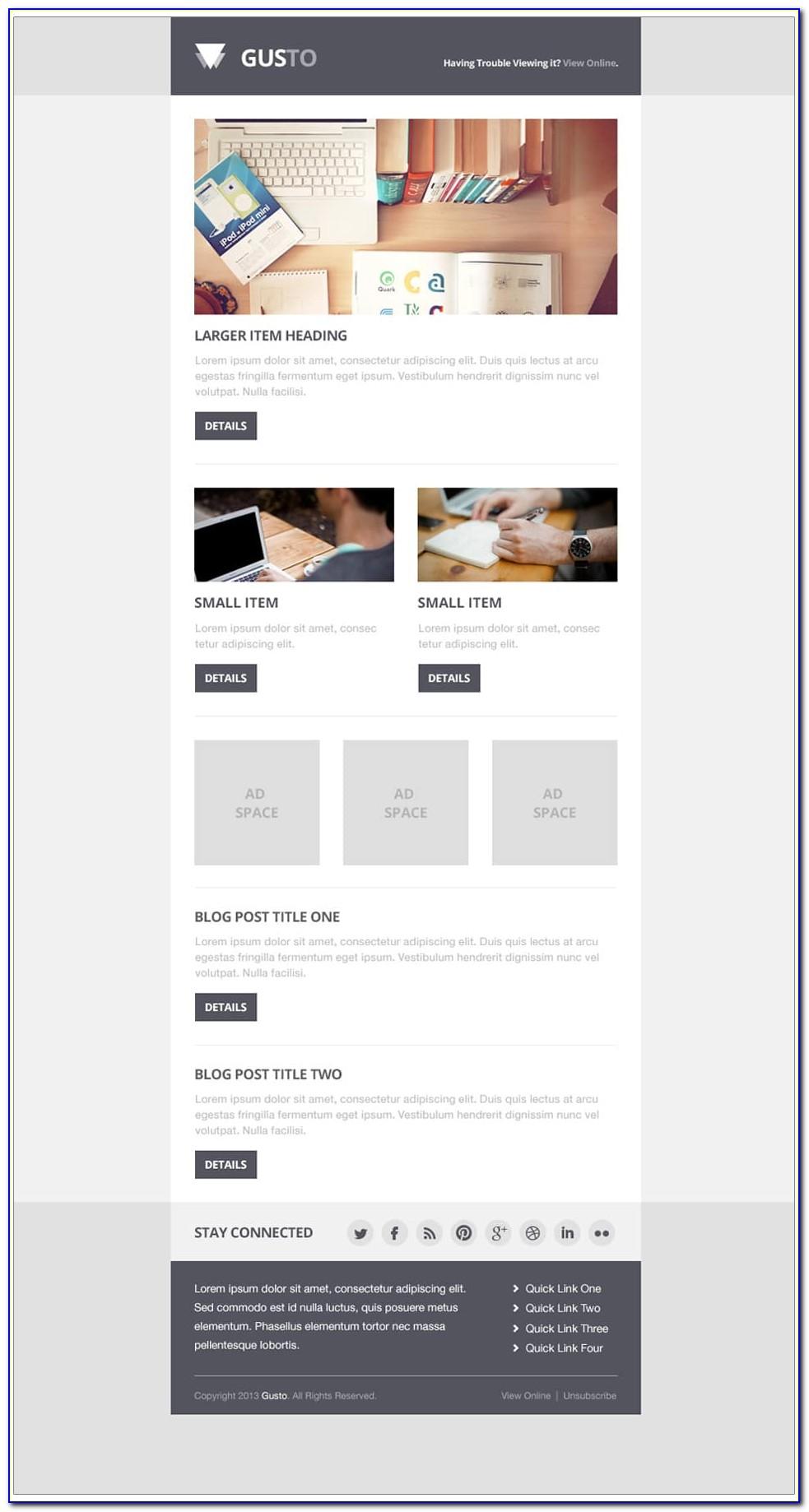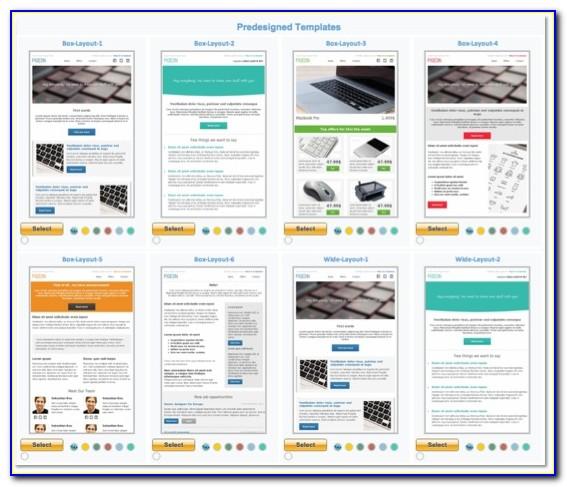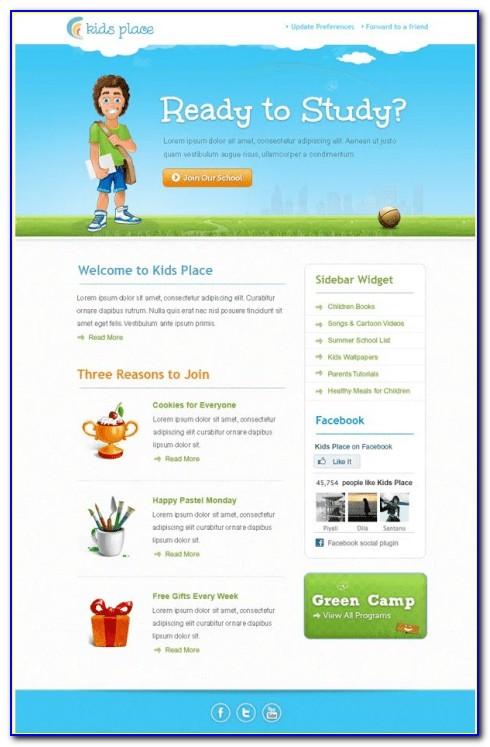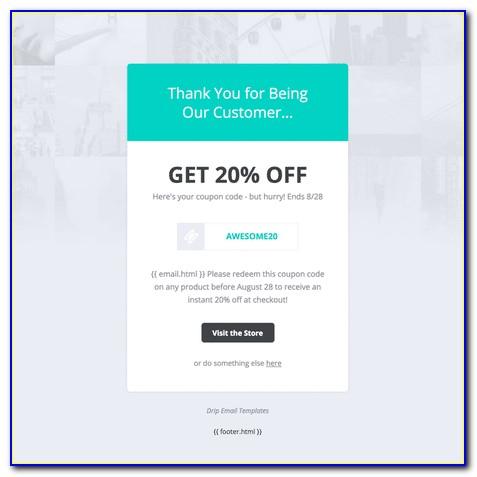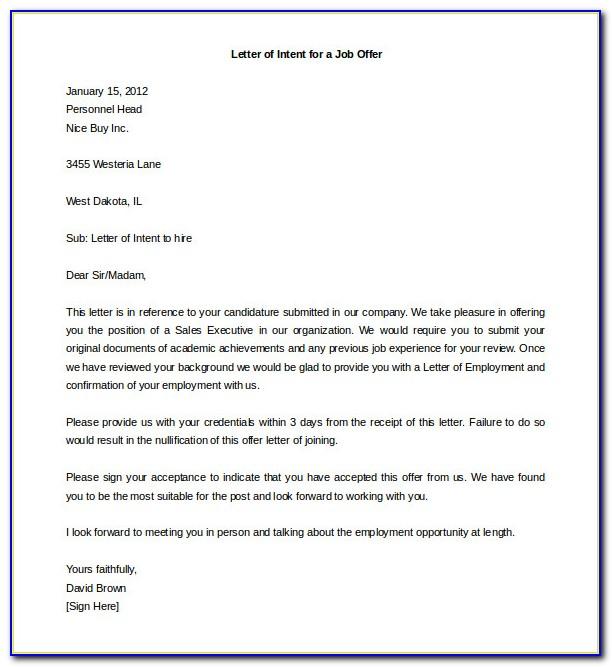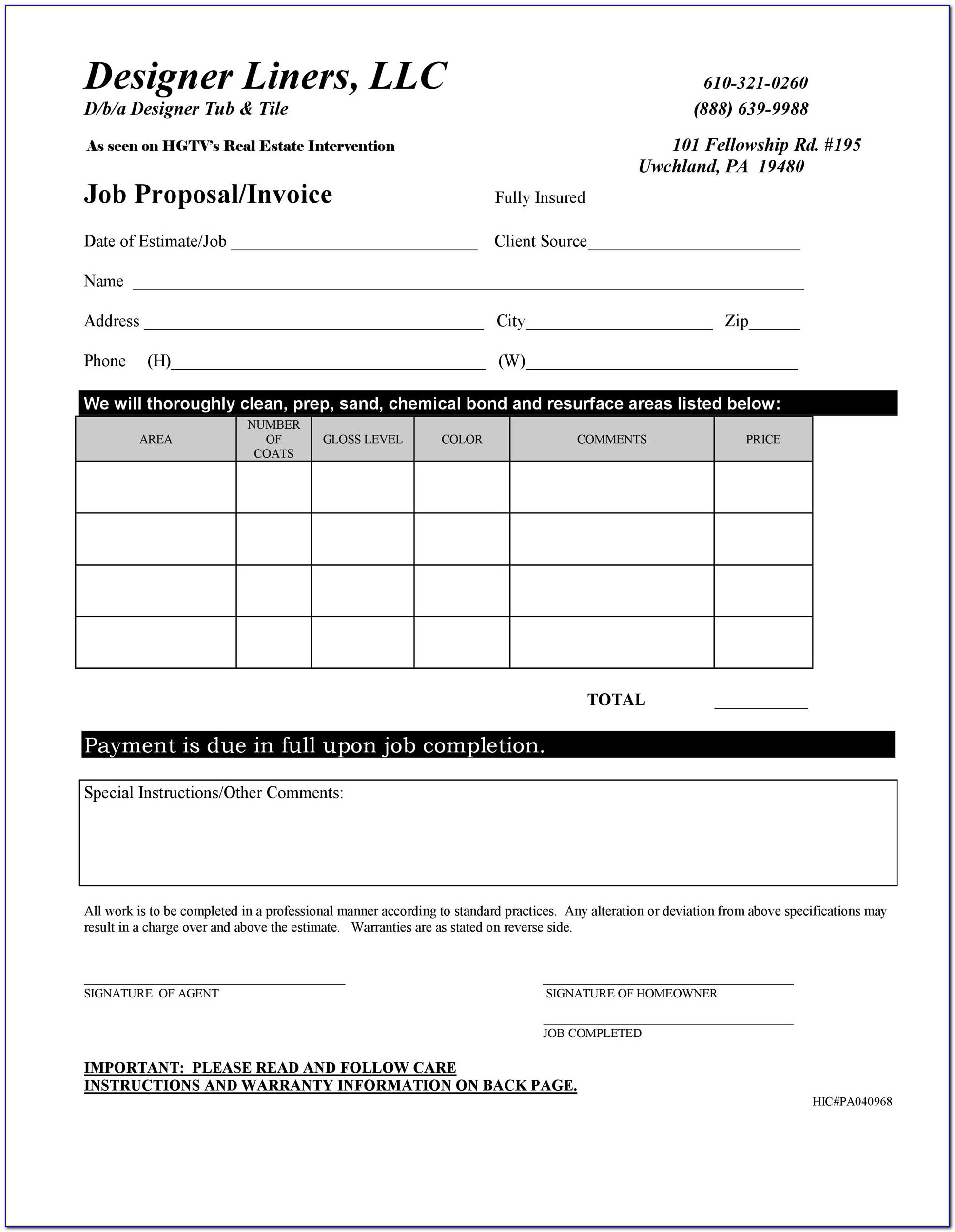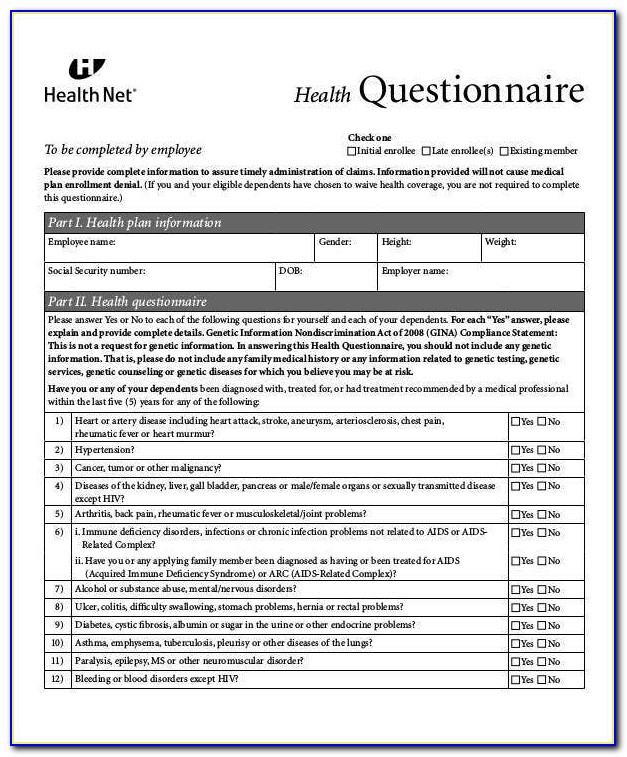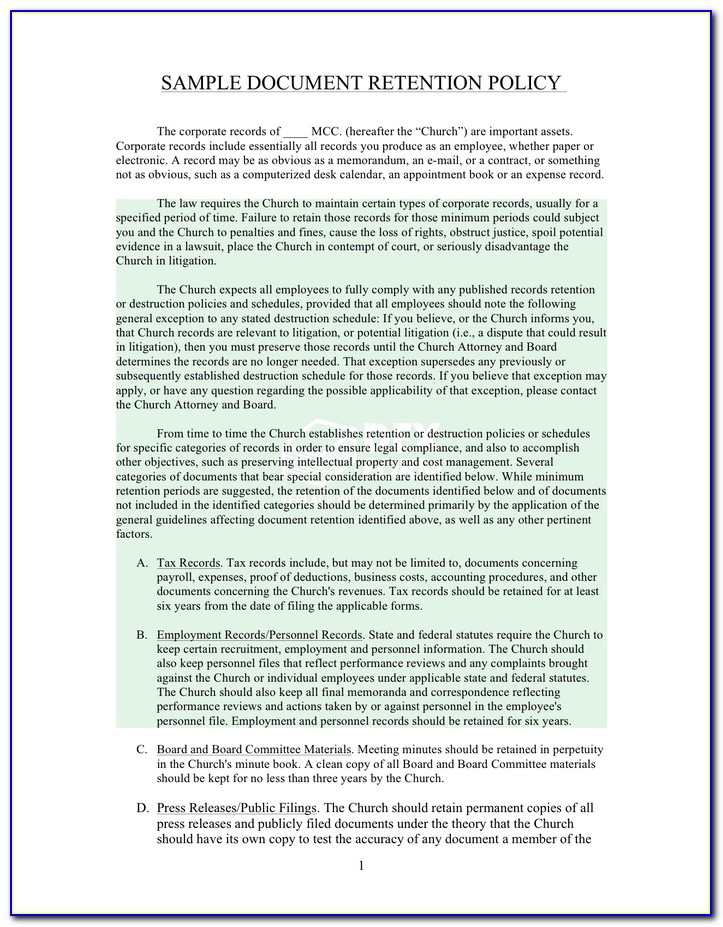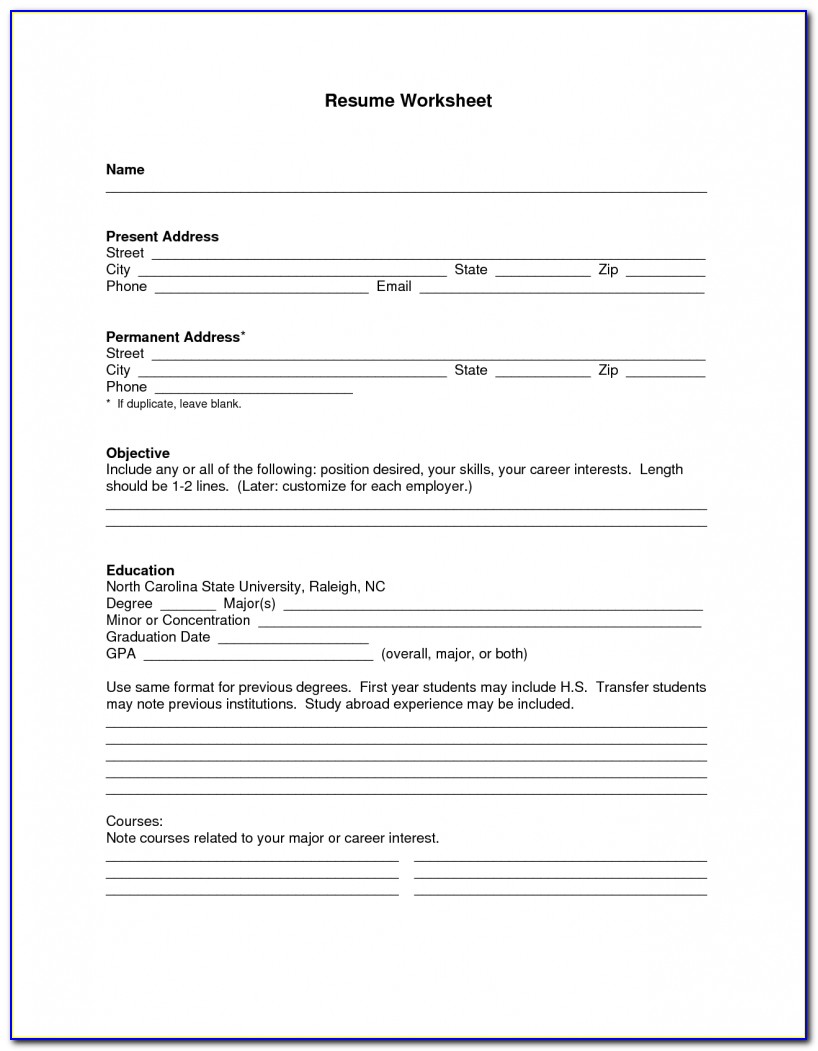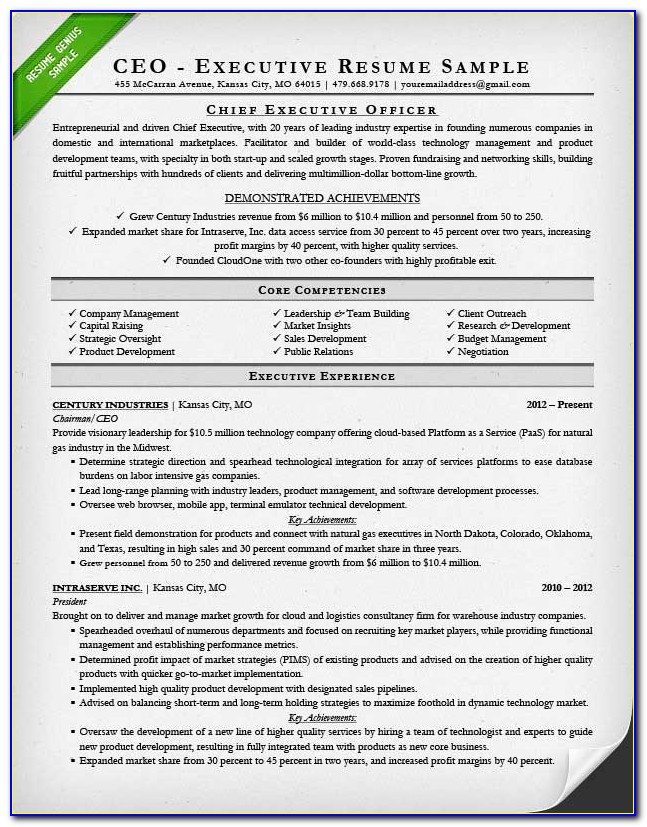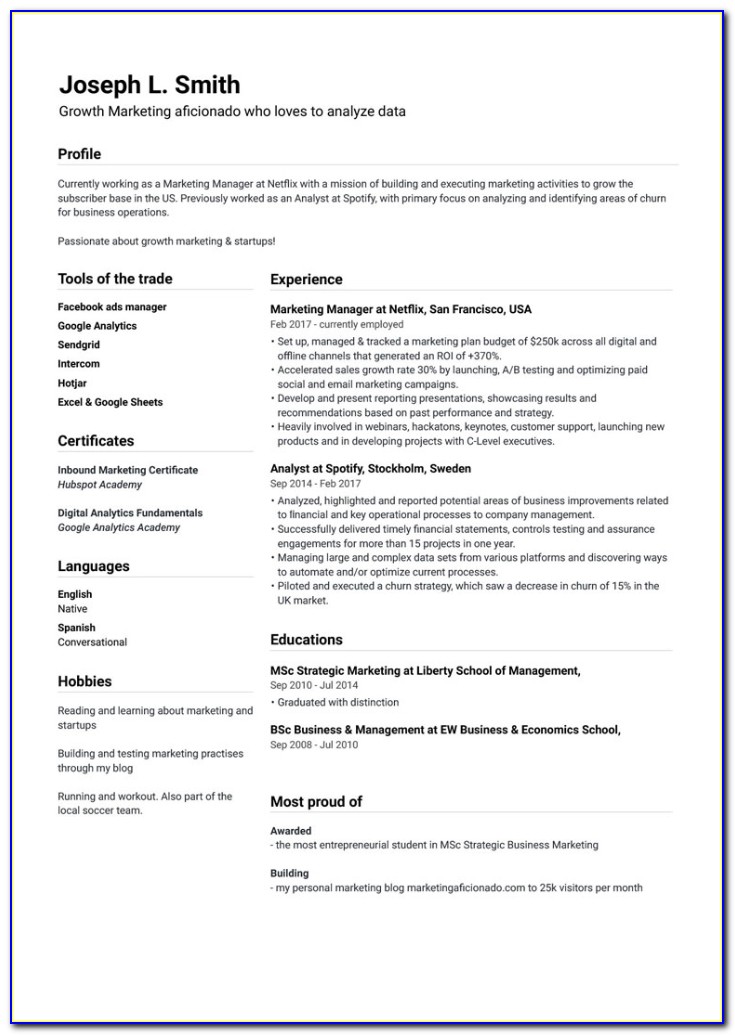Mastering The Art Of Self-Promotion: Tips On How To Sell Yourself Effectively In Your Resume
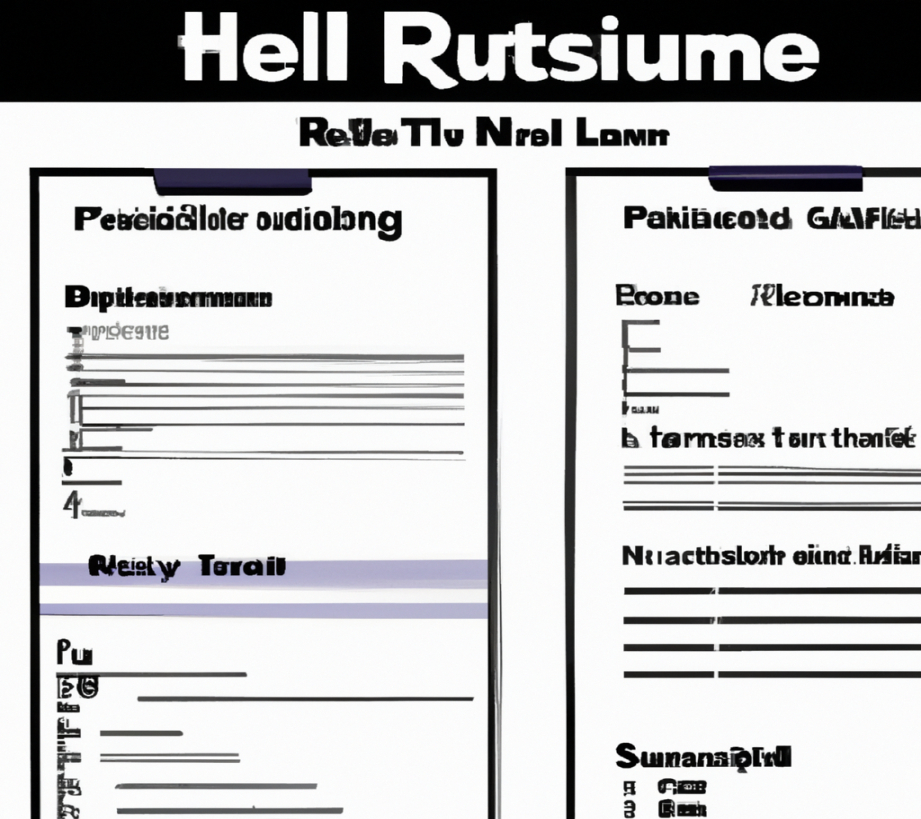
Image Source: windows.net
how to sell yourself in a resume: The Ultimate Guide
As the job market becomes increasingly competitive, it’s more important than ever to know how to sell yourself in a resume. Your resume is often the first impression an employer has of you, and it can make or break your chances of landing your dream job. In this ultimate guide, we’ll explore the steps you can take to craft a compelling resume that showcases your skills and experience.
Table of Contents
1. Introduction: Why Your Resume Matters
2. Understanding the Job Posting
3. Identifying Your Unique Selling Points
4. Crafting a Compelling Summary Statement
5. Emphasizing Relevant Work Experience
6. Highlighting Your Education and Certifications
7. Showcasing Your Skills
8. Including Extracurricular Activities and Volunteer Work
9. Quantifying Your Achievements
10. Formatting and Design Tips
11. Proofreading and Editing Your Resume
12. Conclusion: Putting it All Together
13. FAQ
Introduction: Why Your Resume Matters
Your resume is your personal marketing tool that showcases your skills and experience to potential employers. It’s your opportunity to make a great first impression and convince the employer that you’re the best candidate for the job. Your resume should communicate your value proposition, highlighting what you can offer to the employer and how you can contribute to the company’s success.
Understanding the Job Posting
The first step in crafting a compelling resume is to understand the job posting. Read it carefully and identify the skills and qualifications the employer is looking for. Highlight the keywords and phrases that are relevant to the job and incorporate them into your resume.
Identifying Your Unique Selling Points
Your unique selling points are the skills, experiences, and qualities that set you apart from other candidates. Identify your unique selling points by asking yourself what makes you stand out from the crowd. Are you a great problem-solver? Do you have experience in a particular industry or with a particular technology? Once you’ve identified your unique selling points, make sure to highlight them throughout your resume.
Crafting a Compelling Summary Statement
Your summary statement is the first thing an employer will read in your resume, so it’s important to make it count. Your summary statement should be a brief, compelling statement that highlights your unique selling points and communicates your value proposition to the employer.
Emphasizing Relevant Work Experience
Your work experience is one of the most important sections of your resume, as it provides evidence of your skills and accomplishments. Make sure to emphasize your relevant work experience by using action verbs and quantifying your achievements.
Highlighting Your Education and Certifications
Your education and certifications demonstrate your commitment to learning and professional development. Make sure to highlight your education and certifications by including relevant coursework, GPA, and honors.
Showcasing Your Skills
Your skills are the tools you bring to the job, and they’re essential to your success. Make sure to showcase your skills in a separate section of your resume, using bullet points to make them easy to read.
Including Extracurricular Activities and Volunteer Work
Extracurricular activities and volunteer work demonstrate your commitment to your community and your ability to manage your time effectively. Make sure to include any relevant extracurricular activities and volunteer work in your resume.
Quantifying Your Achievements
Quantifying your achievements is a powerful way to demonstrate your impact and value to potential employers. Make sure to use numbers and statistics to quantify your achievements whenever possible.
Formatting and Design Tips
Formatting and design are essential to making your resume easy to read and visually appealing. Use bullet points, clear headings, and a clean, professional font to make your resume easy to scan.
Proofreading and Editing Your Resume
Proofreading and editing are essential to ensuring that your resume is error-free and polished. Make sure to proofread your resume carefully, checking for typos, grammatical errors, and formatting issues.
Conclusion: Putting it All Together
Crafting a compelling resume is an essential part of landing your dream job. By following these steps, you can showcase your skills and experience to potential employers and convince them that you’re the best candidate for the job.
FAQ
1. How long should my resume be?
Your resume should be one or two pages long, depending on your level of experience.
2. Should I include references on my resume?
No, you should not include references on your resume. Instead, provide them upon request.
3. Should I use a chronological or functional resume format?
The choice of resume format depends on your specific situation. If you have a lot of relevant work experience, a chronological format may be best. If you’re changing careers or have gaps in your work history, a functional format may be more appropriate.
4. How often should I update my resume?
You should update your resume regularly, at least once a year, to reflect your current skills and experience.
5. Should I tailor my resume to each job I apply for?
Yes, you should tailor your resume to each job you apply for by incorporating relevant keywords and highlighting your relevant skills and experience.
